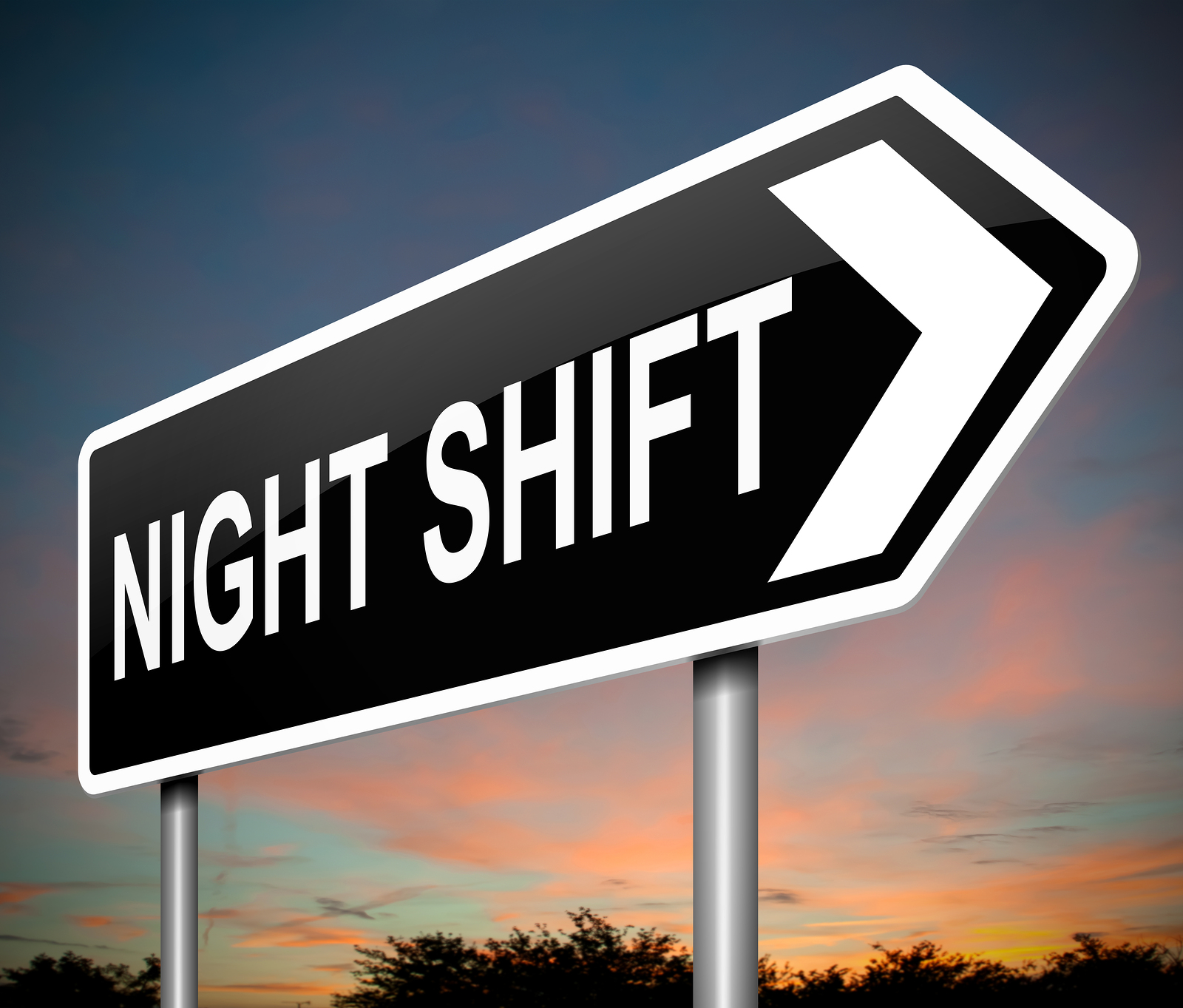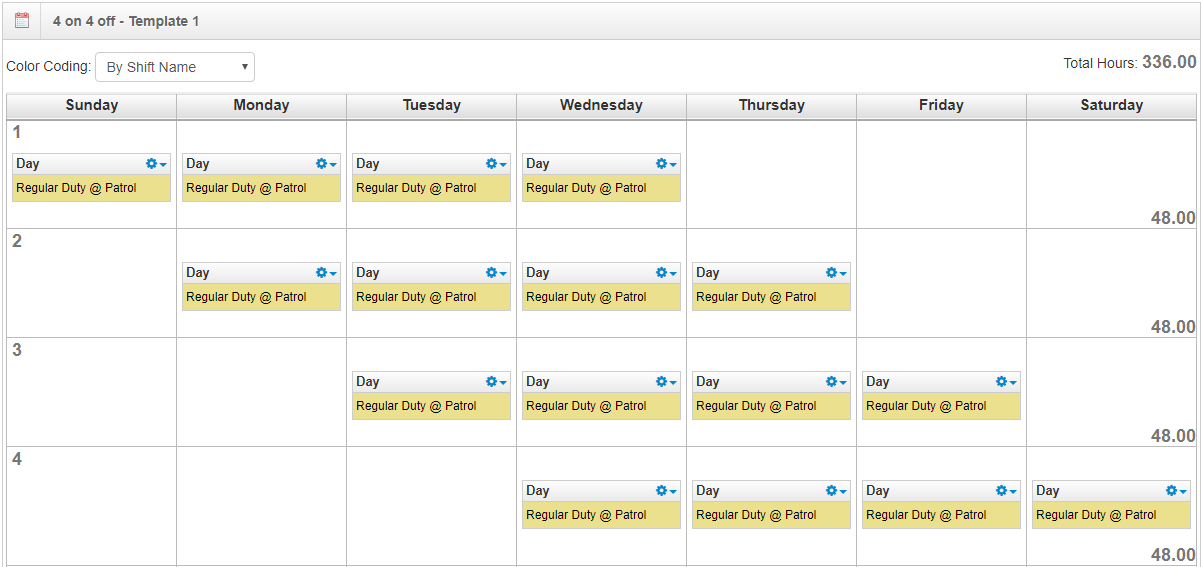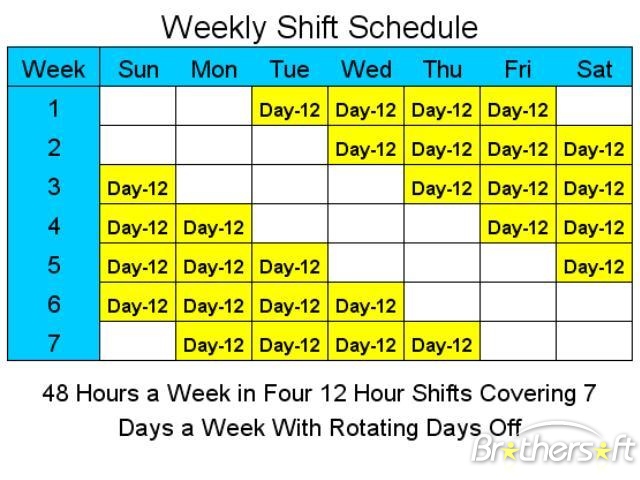
Shift work clock how to#
How to Manage Your Jet Lag and Adjust or Reset Your Body Clock Our circadian rhythm will eventually synchronise with the local time at the destination, at a rate of roughly one day per hour of time difference. After travelling from east to west, early waking is the main problem, as opposed to difficulty falling asleep when travelling from west to east. It is easier to lengthen the day (delaying going to bed) than to shorten it (trying to fall asleep earlier). Some people may also experience chills, and others may have episodes of feeling hot and sweaty.Īs our body clock runs slightly longer than 24 hours, jet lag is worse when we travel eastwards than when we travel westwards. The symptoms are usually daytime fatigue and sleepiness, insomnia, stomach upsets, moodiness and a feeling of unsteadiness. Jet lag is a transient condition in which the circadian rhythm is temporarily out of sync with the external environment when someone travels across several time zones rapidly. The most common causes of disruption to circadian rhythm are jet lag, shift work and circadian rhythm disorders.

Circadian Rhythm Disorder - Causes and Risk Factors Any situation that desynchronises the circadian rhythm and the social rhythm will result in sleep difficulties as well as problems in maintaining alertness. It is important that you keep to a regular sleep schedule, as this maintains synchrony of the “body clock” with the demands of social activities and duties.

Problems with Circadian Rhythm or Your Body Clock With age, this rhythm can also change in its cycle length, commonly reflected through changes in sleep pattern as one grows older. Genetics also determine the ability of individuals to adapt to time cues in the daily cycle and, as a result, have the ability to “tune their clocks”. Genetics largely influence the variations between individuals, hence there are people whom we recognise as “larks” (preferring to sleep early in the night) and “night owls” (those who have the ability to stay up late into the night).

This could potentially create a situation where we could fall asleep or need to eat at very inconvenient timings over a period of time.įortunately, this “clock” is synchronised to the 24-hour day by environmental inputs, most importantly by sunlight, as well as by social rhythm such as common meal times, work schedules and physical exercises. In human beings, the circadian rhythm cycles between the duration of 24.2 to 24.9 hours, just slightly longer than a day. There are also those that are not so obvious such as core body temperature and the release of hormones into the bloodstream. There are those that are apparent to us, such as the sleep-wake cycle and the digestive cycle, for which we feel sleepy or hungry when we reach a certain time of the day. Commonly known as the “body clock”, the circadian rhythm is a cyclical rhythm that regulates many bodily functions automatically throughout the day and does not require conscious control.


 0 kommentar(er)
0 kommentar(er)
